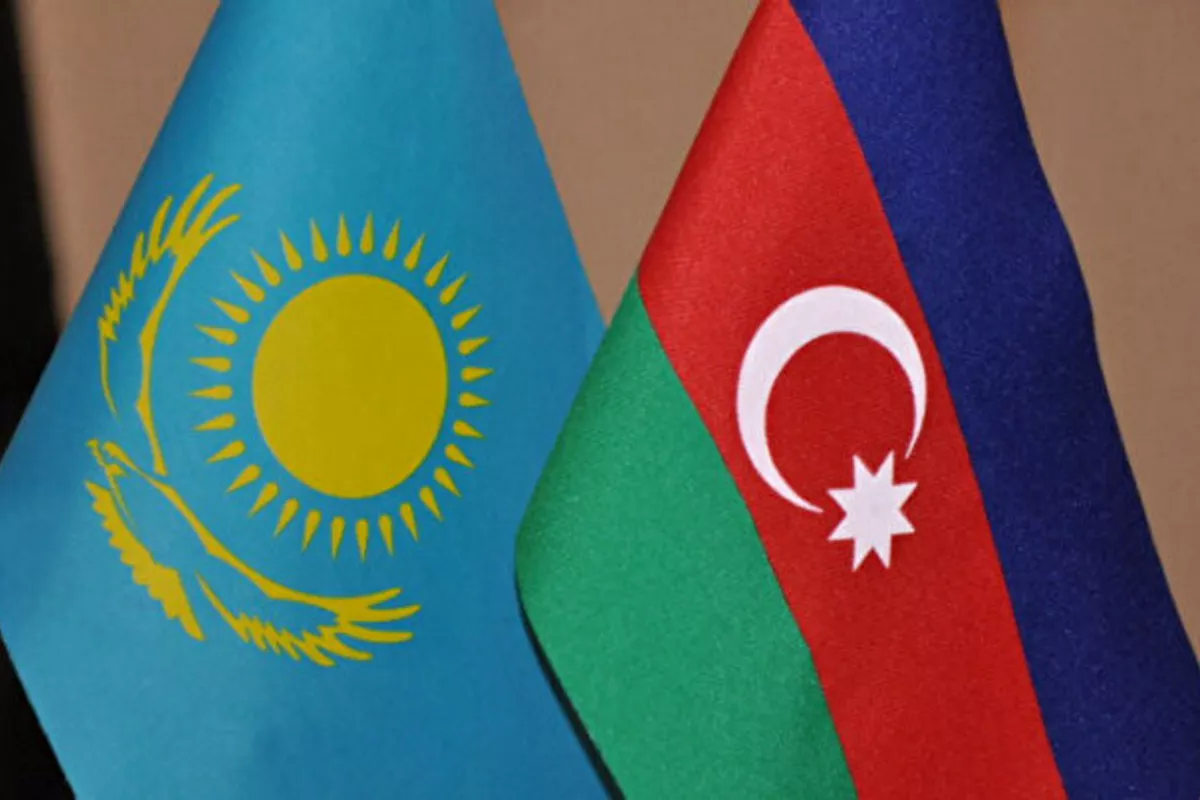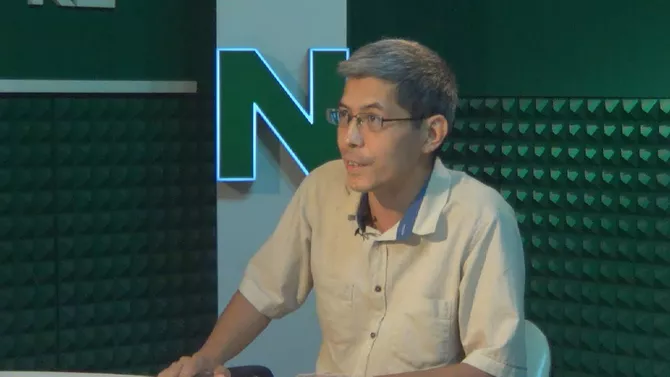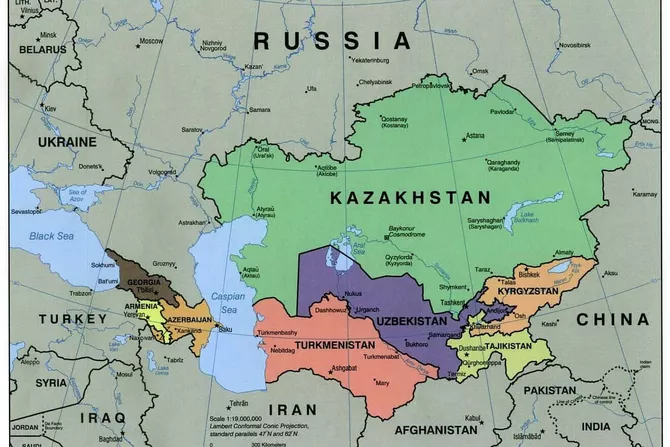
photo: aircenter.az
The relations between Kazakhstan and Azerbaijan have evolved into one of the most dynamic strategic partnerships in the post-Soviet space, serving as a model of pragmatic cooperation across Eurasia. Rooted in shared historical, cultural, and linguistic ties, the partnership has steadily expanded since the signing of the Declaration on Strategic Partnership and Allied Relations in Baku in 2022, which institutionalized their alliance and laid the foundation for irreversible, long-term cooperation.
In recent years, the political dialogue between Presidents Ilham Aliyev and Kassym-Jomart Tokayev has deepened, marked by frequent high-level exchanges and a growing alignment on regional and global issues. The two countries cooperate closely not only within the Organization of Turkic States (OTS) but also in broader regional frameworks, reflecting their mutual commitment to strengthening stability, connectivity, and development in Central Eurasia.
Economically, Kazakhstan and Azerbaijan are reinforcing their positions as key transport and energy hubs through the Middle Corridor, a strategic route linking Asia and Europe. Their cooperation extends to trade, transit, digitalization, and energy diversification, which collectively enhance regional resilience amid global geopolitical shifts.
As both nations prepare for new milestones in 2025, the partnership is increasingly seen as a central pillar of the emerging Eurasian connectivity architecture.
In an interview with The Caspian Post, Kazakh political scientist Zamir Karazhanov noted that relations between Kazakhstan and Azerbaijan today represent a mature and stable model of strategic partnership and allied cooperation.

Photo: Zamir Karazhanov, Kazakh political scientist
The basis for this partnership was formally established by the Declaration on Strategic Partnership and Allied Relations, signed in Baku in 2022, which codified the bilateral alliance and ensured the irreversibility of cooperation between the two states.
According to Karazhanov, the regularity of meetings between Presidents Aliyev and Tokayev, as well as the diversity of their agenda, are clear indicators of the high level of political trust between the two nations.
Importantly, this dialogue extends beyond bilateral formats and is also actively pursued in multilateral frameworks, including the Organization of Turkic States and the Consultative Meeting of the Heads of State of Central Asia, which President Aliyev attended for the first time in 2025.
“Such engagement underlines Azerbaijan’s growing political weight in the Central Asian region and confirms the two countries’ shared vision regarding regional stability,” the analyst emphasized.
From a strategic standpoint, the expert noted, trade expansion, investment promotion, and cooperation in transit, education, and energy sectors remain key priorities. These areas are seen as the main engines of long-term partnership and economic synergy.
Despite the stable upward trend in trade turnover, Karazhanov pointed out that the pace of growth has slowed. In 2024, the bilateral trade volume rose by only 0.68%, which, in his view, underscores the need for diversification and structural innovation. However, the results of the first half of 2025 show a positive shift - mutual trade reached $547 million, surpassing the total figure for the previous year ($533 million).
“This indicates that the two governments are already fulfilling their minimal trade targets ahead of schedule, demonstrating the sustainability of cooperation,” he added. The final figures for the 2025 trading year are expected to be announced in 2026.

photo: TASS
Looking ahead, Karazhanov assesses the prospects for bilateral cooperation as substantial, given that Kazakhstan and Azerbaijan possess two of the largest and most dynamic economies in the region.
“The real challenge now lies in unlocking their full potential through innovative and digital transformation,” he said.
A central axis of this cooperation is the Middle Corridor (Trans-Caspian International Transport Route), which is rapidly transforming into a strategic Eurasian bridge linking Europe and Asia amid global geopolitical turbulence. The analyst also noted that the double-digit increase in freight volumes highlights the corridor’s growing importance not only as a logistical route but also as a geoeconomic framework connecting the region’s economies. Both Kazakhstan and Azerbaijan have emerged as key beneficiaries and guarantors of its stability.
The multiplier effect of the Middle Corridor, according to Karazhanov, is already visible in the modernization of Kazakhstan’s railway infrastructure, renewal of rolling stock, and the creation of new orders for domestic manufacturers. “Transit growth directly stimulates industrial production and strengthens local supply chains,” he noted. Beyond economic dividends, this also brings geopolitical advantages, enhancing the countries’ roles as regional transit hubs and strategic intermediaries between Europe and Asia.
Commenting on Azerbaijani President Ilham Aliyev’s visit to Kazakhstan, the analyst said it is expected to further deepen bilateral relations, particularly in trade, investment, and the implementation of joint projects. A special focus will be placed on achieving the ambitious target of $5 billion in trade turnover. The visit, he added, will also contribute to strengthening regional cooperation and integration within the broader Turkic world, a trend that has intensified amid global geopolitical uncertainty.
“Both Kazakhstan and Azerbaijan have shown that pragmatic diplomacy, rooted in shared cultural and historical ties, can serve as a model for regional stability and economic progress,” Karazhanov concluded.
Share on social media